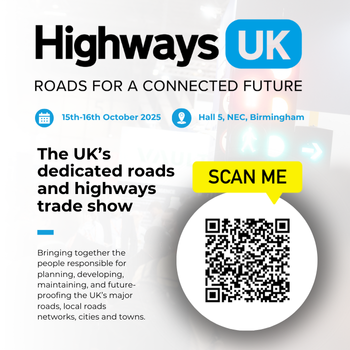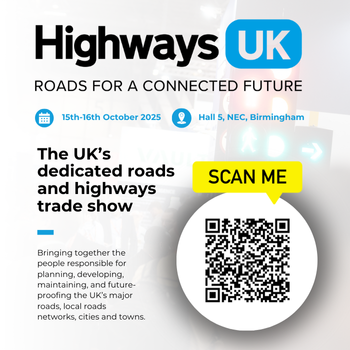The rapid growth of Web 2.0 services is forcing more and more public sector organisations to rethink their internal and external communication strategies, both on and offline. John Glover, director for INOVEM, explains the powerful role technology can play in including key stakeholders in consultations and collaborative decision making
As Web 2.0 emerged, it was unfortunately mistaken by some as just the latest buzzword technology – something that could be entertaining at a social level but should never be taken seriously at an organisational level. Happily, forward-thinking public sectors bodies and a few private sector businesses very quickly dismantled this viewpoint. They learned that with good-will and buy-in from stakeholders, they could build really effective productivity tools, services and communities that would allow like-minded groups of people merely separated by geography or circumstance, to involve, consult and collaborate with each other on an equal footing.
When public sector organisations first became bold enough to embrace Web 2.0, they did so primarily because they wanted to bring their stakeholders closer together. Sure, they also wanted to have a bit of fun getting to grips with technology and being creative with interactivity, but they mainly wanted to show stakeholders and employees that they genuinely valued their opinions and input.
In practice, Web 2.0 services must be deployed for all the right reasons, and not simply because a technology champion within a given organisation has heard or read that it’s ‘a good idea’. It’s vital for these organisations to truly understand what they want to do with emerging technology, and how and why they want to do it. These solutions must be used to include stakeholders, not to create ‘clubs’ or communities that exclude by default.
Any discussions with peers and colleagues will quickly reveal that broadcast only communications are no longer acceptable. Simple put, the best collaborative systems empower people to work together better. That’s why it’s worth deploying technology that you can really call your own. Systems that are tailored specifically to fit business needs rather than providing a hollow generic environment for you to find your way around. Impose your way of thinking on to the Web 2.0 environment you choose. Ensure it is flexible enough to accommodate the needs of you and your stakeholders. Achieve the blend of focus and informality that works for you, and don’t be steered by rigid, branded tools and bundled services.
Of course organisations would be blinkered to entirely ignore the worth of popular social media tools such as Twitter or Facebook as part of their marketing activities, but it is essential that the care and effort taken to include stakeholders through Web 2.0 is associated directly with their own brand. All organisations must realise that we are operating in a world in which what we say or do on our internal or external facing web sites reflects directly on our brands and how we are perceived by customers, investors, partners, employees and members of the public. Participants must be fully aware form the start who is engaging with them. They should have no trouble understanding why they are participating, and that they can trust other participants with access to their views and interests. The organisation itself should be identifiable as ‘the hero’ in this context, not a ubiquitous social media platform, because it is the organisation and its own champions who are going those extra lengths to listen and involve stakeholders.
Regardless of the sector your organisation operates in, inclusion is a brand value you should be rightly proud of. It’s a fantastic foundation for all levels of relationships and achievements. There’s further value to be had by businesses and public authorities who are willing and able to seek the views of their customers and other key stakeholders at an early stage, before they design and refine any of these products and services. Focus groups are a great way of revealing amendments or additions to systems that might never have been considered without this extra level of consultation.
But inclusion must begin at home. Create a community rather than imposing one. Invite people into an environment that is welcoming and beneficial. Work yourself to make it work for everyone. And above all, ensure that it is all yours, right from the very start. One word of caution though- there is a danger that if feedback mechanisms are poorly managed or there is no easy way to analyse and respond to contributions, then participants will be become disenchanted and feel unappreciated, which will have a detrimental effect on the brand and the organisation. This is why any serious step into Web 2.0 must be committed and owned by engaged champions within the organisation. Simply ‘dipping toes’ into social media is likely to cause more damage than benefit.








Recent Comments